Want Your Customers to be Loyal, Super, Raving Fans? What’s Your Brand Promise?
Your brand promise is an emotional contract you sign with your customer. Just like a real-world contract, it has qualifications and requirements that you’ve committed to upholding. And, also like an actual contract, your brand promise can bind you to your customer in a meaningful way for months or years to come—and this has big implications for your revenue.
In a Gallup study of more than 6,000 consumers, researchers focused on the brand promise of six major American companies representing the airline, hospitality, food and beverage, financial service, auto and retail industries [1].
The researchers set out to identify three key things:
- First, whether customers could accurately identify the company’s brand promise
- Second, whether customers were aligned with that promise and
- Third, how much of the customer’s wallet share that brand received
Wallet share is described as the proportion of spending in a given category (i.e. the consumer’s monthly food and beverage budget) received by the specific brand.
The results told a very clear story. When consumers were both aware of the brand promise and aligned with it—which was the case with two out of the six brands studied—the company received an average wallet share of nearly 50 percent.
That’s compared with just 23 percent wallet share when customers were aware of the brand promise but not aligned with it.
In another example, a study by Deloitte found that hotel brands that both developed and delivered on a strong brand promise saw an increase in repeat bookings and ancillary spending by their guests—and the results were exponential [2].
For every 1 percent increase in the perceived strength of the hotel’s brand promise, it boosted the guest’s intent to recommend that hotel by more than 3 percent and their intent to book again by nearly 5 percent. The greater the perceived increase in brand promise, the bigger the impact on the bottom line.
Related: Brand Promises, How to Craft, Articulate and Live Them for Brand Success
And there was one additional component worth noting in the Deloitte study: hotels with a stronger brand promise enjoyed an increased likelihood of the customer becoming a brand advocate. And that’s the real holy grail here—to breed raving, loyal fans who not only shop with you consistently but sing your praises from the rooftops to anyone who will listen.
This tells us we have two jobs when it comes to a brand promise:
- We must first articulate it clearly, and then
- Deliver on it consistently to our customers
It might sound daunting, but a strong brand promise is something all enduring brands master. If you want to build a brand that will stand the test of time, nailing your brand promise is an essential component of your overall brand strategy. We’ll explain how to do it and, in turn, create dedicated brand champions who know, love and trust your company.
It’s critical to understand that branding is NOT marketing or design but the bedrock strategy supporting and directing your whole business so your brand strategy is fundamental to your business’s success, longevity and ongoing profitability.
The Persona Brand Building Blueprint™ Mastermind empowers you to build your brand strategy, raise the visibility of your brand, reduce customer acquisition costs and position your brand as the №1 choice for your customers. Discover more here.
Branding is all about influencing your customer’s choice. Do you want professional direction crafting your company’s brand promise, profile and positioning from Persona Branding and Design so you can build your standout brand, make it highly visible, attract your ideal customers and give them a compelling reason to buy consistently — at a premium — and transform them into raving loyal fans? Get in touch here.
How To Build Your Brand Promise To Breed Raving Loyal Fans
1. Brand Promise Draws On The Power Of Emotion
When it comes to decision making, logic takes a backseat. That applies to purchasing decisions as well. Research has shown that even consumers who think they’re making a decision based on logic are merely using logic to support the emotion-based decision they’ve already made [3]. The good news for brands is that your brand promise is all about emotion.
Whereas brand positioning represents the “logic” side of the equation – the unique place in peoples’ minds that your brand occupies in the world – distinguishing your company through its brand profile and using a unique value proposition with your brand promise fulfils an emotional need for the customer. Even customers themselves readily admit they form a ‘psychological contract’ with brands they trust based on elements of that brand’s promise [4].
Creating a brand promise that elicits a strong emotional connection will help customers make a decision to buy from you, despite the price and other logic-based factors.
Related: Brand Promises: Are You Consistently Delivering Yours?
Colorado-based HED Cycling is a great example of a company that uses its brand promise in conjunction with brand collateral to draw an emotional response from its primary customers.
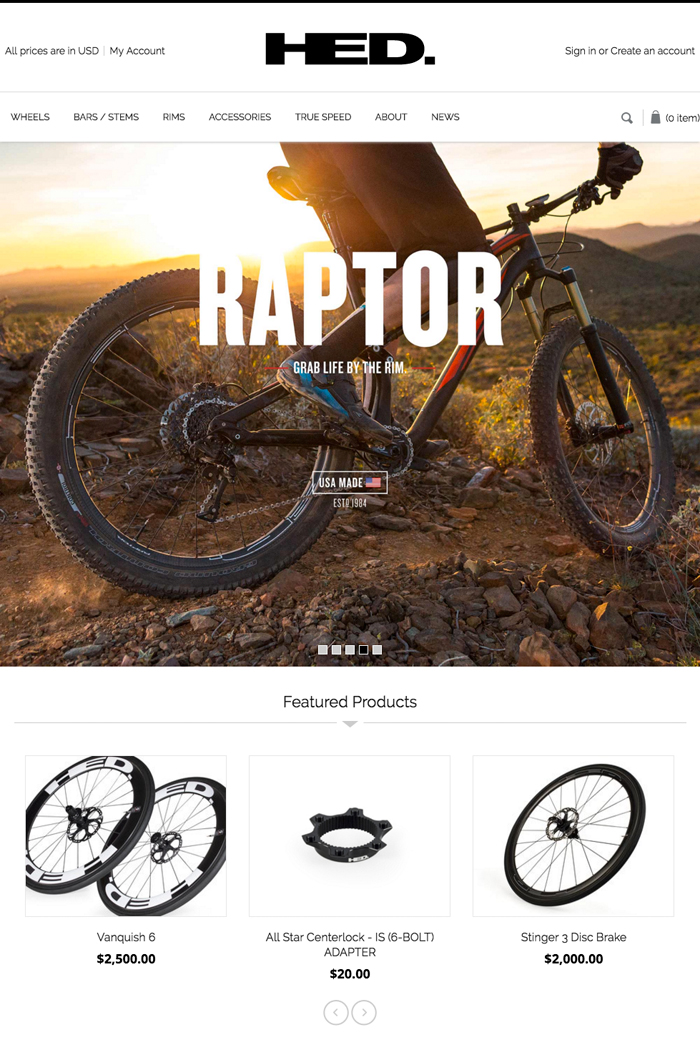
Image via HED Cycling
The company has adopted a promise it calls ‘True Speed,’ which is a commitment to ‘bringing every rider the best possible, most reliable, fastest, and most well-rounded cycling products.’[5]
Now, watch how the company articulates that promise in one of its marketing videos:
Though buyers could likely find a more affordable option for bicycle gear (some of HED’s wheels range upwards of $2,000 apiece), the video portrays cycling as something sleek and upscale—an experience rather than just a bike ride. HED’s brand promise to deliver the most excellent wheels and the fastest ride, in turn, rings true. It comes as no surprise that the company was named by Forbes as one of the Best Small Companies in America [6].
Related: 4 Reasons Why Your Business Profit Starts With Your Brand Mission
2. Brand Promise Builds Your Likability
Just as consumers make decisions based on emotion rather than logic, they also buy from brands they like with far greater frequency. That is to say, if a consumer finds a brand likeable, he or she is more likely to remember it and spend money with it in the future. A body of research asserts that in advertising, likability is the number one factor in the advert’s impact on a customer’s decision to buy [7].
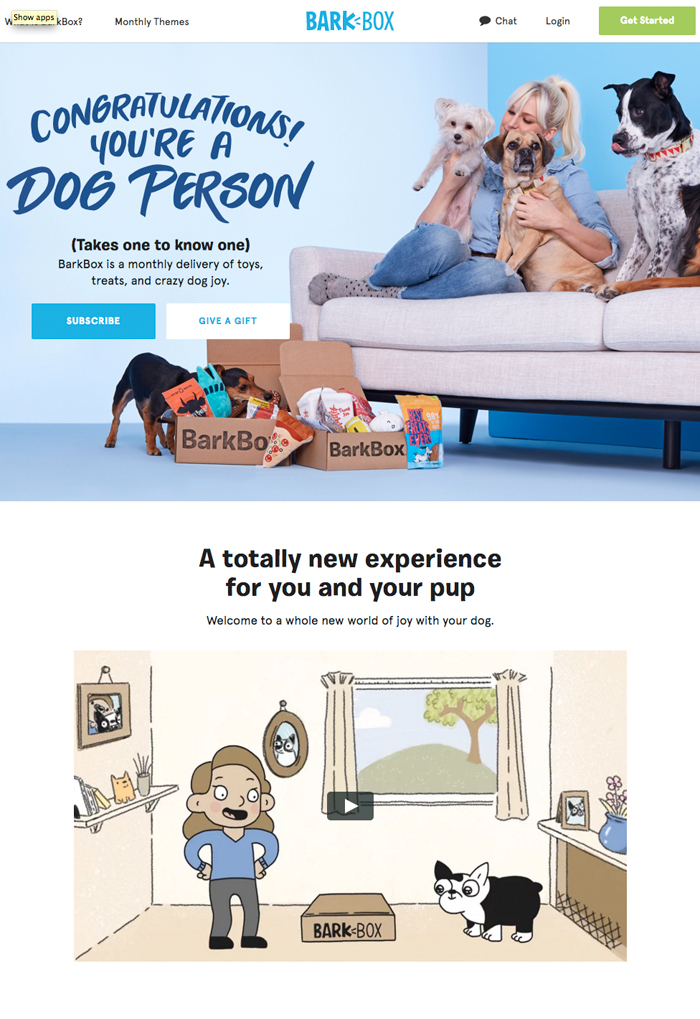
Image via Bark Box
One brand that’s excelling in the likability department is BarkBox, a subscription box service that sends dogs a selection of toys and treats each month. Its brand promises (adorably) to bring pooches “The joy of 1 million belly scratches. From heavy chewers to options suiting those with special allergies, we paw-pick the best natural treats, chews, and innovative toys to match your dog’s unique preferences.”
The brand has become known for its “unboxing” videos, which instil delight in both humans and their furry friends.
Can you watch that and not smile? It’s an excellent tactic the brand uses to demonstrate firsthand how it follows through on its brand promise—and it’s paid off. Since BarkBox’s launch in 2012, the company has grown to a reported $100 million in annual revenue and more than 50 million products sold [8].
3. Infuse Your Brand Promise With Authenticity
Earlier, we touched on the importance of not only making a brand promise but following through with fulfilment on it. The reason for this is that your authenticity is at stake.
In a survey on brand values, participants ranked authenticity at the top of the list, with 87 percent of global consumers say it’s important for brands to “act with integrity at all times.”[9] To put things in perspective, authenticity outranked innovation as an essential quality by 15 percent.
Once you lose your authenticity and trust, the damage to your brand can be irreversible. Thus, it’s important to make sure your brand promise is infused into all levels of your operation.
Related: From Zero to Hero: How to Become a Must-Have Brand
Farmstead is a San Francisco based startup that promises to make grocery shopping easier and faster than going to the grocery store.
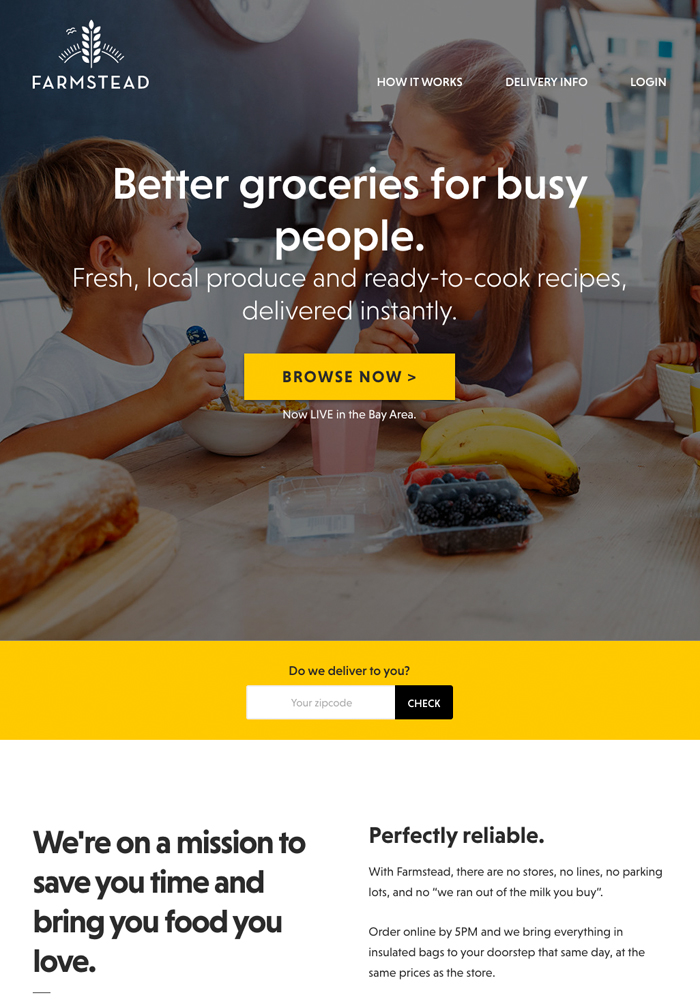
Image via Farmstead
It’s a wonderful promise, but it comes with some weighty responsibilities. Other popular food delivery services have drawn heavy criticism for making grocery shopping easier at the cost of contributing to society’s massive food waste problem [10].
Farmstead meets the challenge of its brand promise head-on with a transparent approach to combating food waste. The company tests product options and eliminates unpopular ones that would sit unpurchased in a warehouse, and uses artificial intelligence to more accurately assess when it’s time to re-stock in order to avoid spoilage [11].
It’s a working example of authenticity in action that fans have taken warmly to.
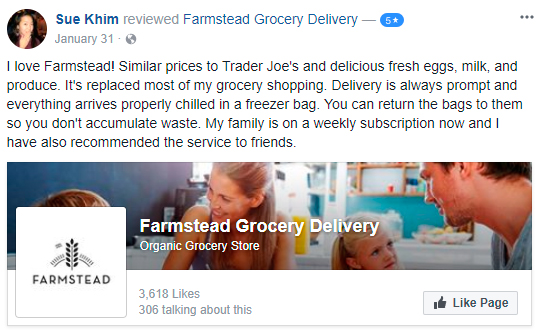
Farmstead Facebook reviews
Maintain your integrity in everything you do by keeping your brand promise in mind with every decision you make for the company and every part of your brand strategy.
Related: Use Psychology in Your Brand Strategy to Create Irresistible Brand Experiences and Increase Sales
4. Your Team Should Commit To Your Brand Promise Consistently
One of the most important assets to implementing your brand promise might be sitting right beside you as you read this: your team. Your employees are your boots on the ground that put your brand promise into practice day in and day out.
You can help them live your brand promise consistently and authentically by developing your internal brand strategy and marketing, in addition to the external marketing you execute for your customers. Your internal team are one of the most critical factors in creating a great customer experience with your brand.
Related: The Age Of Internal Branding And Selling It From The Inside Out
In a study from Thailand, researchers found that coordinating strong internal branding with human resource programmes like employee training and development had a strong impact on the attitude and behaviour of employees in their delivery of the brand promise [12]. When you help your employees believe in the brand and develop your internal branding together with your brand culture, they’ll be more likely to use their actions to turn your customers into the repeat customers and the raving fans you crave — and your bottom line loves.
Related: The Impact of Company Brand Culture On Driving Performance and Increasing Sales
Cancer Treatment Centers Of America is a standout example of a brand whose employees live out the brand promise in all that they do. The organization promises to “rally our team around you, delivering compassionate, integrative cancer care for your body, mind and spirit.”

Image via Cancer Treatment Centres of America
Watch as one of their patients shares her experience with the CTCA team:
It’s a brand promise that would truly be impossible to carry out without the full commitment of every doctor and practitioner on staff. CTCA was recently ranked among the top ten best-loved brands in America, as cited by AdWeek [13].
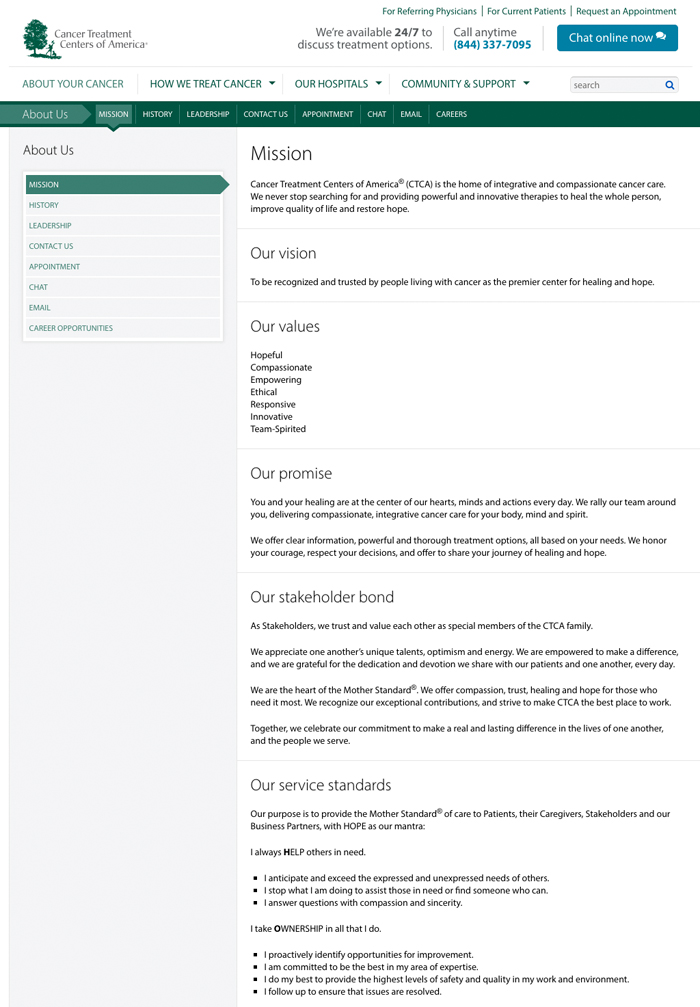
Image via Cancer Treatment Centres of America
It can be tempting to brush off brand promise as something that’s simply “fluffy” or “feel good.” But as these examples show, brand promise is a powerful tool to breed loyal, lifelong fans, which are one of the best possible revenue-drivers for your company.
Loyal customers are more likely to buy from you and spend more money on each purchase, and a 5 percent increase in customer retention can lead to a profit increase of anywhere from 25 to 95 percent [14]. That’s almost doubling your profits simply by focusing on keeping customers happy.
And happy customers multiply. A study by Bain and Company found that a customer who has a single positive ordering experience with a company is more likely to refer three friends, while a customer who has had at least ten positive ordering experiences with a company was likely to refer as many as seven friends [15].
By crafting a strong brand promise and infusing it into your company brand culture in an authentic way, you’ll create raving fans who give you invaluable word-of-mouth marketing, which is stronger than any advert you can buy.
If you prefer a DIY approach to building your brand, check out our Personality Profile Performer™ programme created to help you build your brand yourself — including your brand promise.
The Personality Profile Performer™ is a highly effective programme for self-learners that guides you through the process of building your beloved brand step by step! It also ensures you get clear on what your brand stands for and enables you to articulate your brand promise Check it out here.
Questions To Consider:
- What is your brand promise?
- What emotional need does your product or service fulfil?
- Is your brand likeable? If not, why?
- Are you following through on your brand promise in an authentic way?
- Do your employees truly buy into and live your brand promise every day?
Sources:
1. http://news.gallup.com/businessjournal/153005/consumers-brand.aspx
2. https://www2.deloitte.com/content/dam/Deloitte/us/Documents/consumer-business/us-consumer-business-hotel-brand-promise.pdf
3. http://www.today.mccombs.utexas.edu/2010/04/do-you-make-buying-decisions-based-on-logic-or-emotion-a-tale-of-two-chickens/
4. https://www.novapublishers.com/catalog/product_info.php?products_id=48809
5. https://www.hedcycling.com/about/
6. https://www.forbes.com/sites/boburlingham/2017/05/09/forbes-small-giants-2017-americas-best-small-companies/#308f44014c32
7. http://www.telegraph.co.uk/finance/businessclub/management-advice/9014231/Think-Tank-Likeability-is-still-a-key-driver-of-advertisings-effectiveness.html
8. https://www.entrepreneur.com/article/299362
9. http://www.adweek.com/digital/the-20-most-authentic-brands-in-the-us-and-why/
10. https://foodtank.com/news/2017/08/amazon-whole-foods/
11. http://www.businessinsider.com/farmstead-is-taking-on-amazon-and-pursuing-a-100-billion-opportunity-2017-10
12. https://www.researchgate.net/publication/241359276_Internal_branding_to_influence_employees%27_brand_promise_delivery_A_case_study_in_Thailand
13. http://www.adweek.com/brand-marketing/who-are-years-best-loved-brands-hint-half-are-probably-younger-you-168930/
14. https://smallbiztrends.com/2014/09/increase-in-customer-retention-increases-profits.html
15. http://www.bain.com/Images/Value_online_customer_loyalty_you_capture.pdf

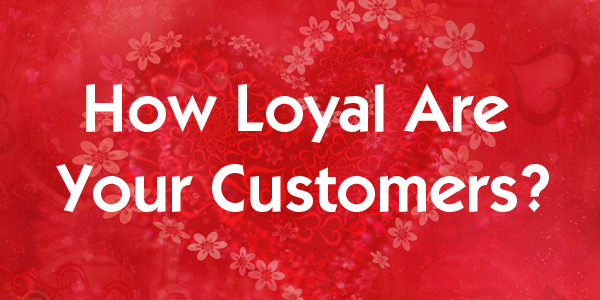
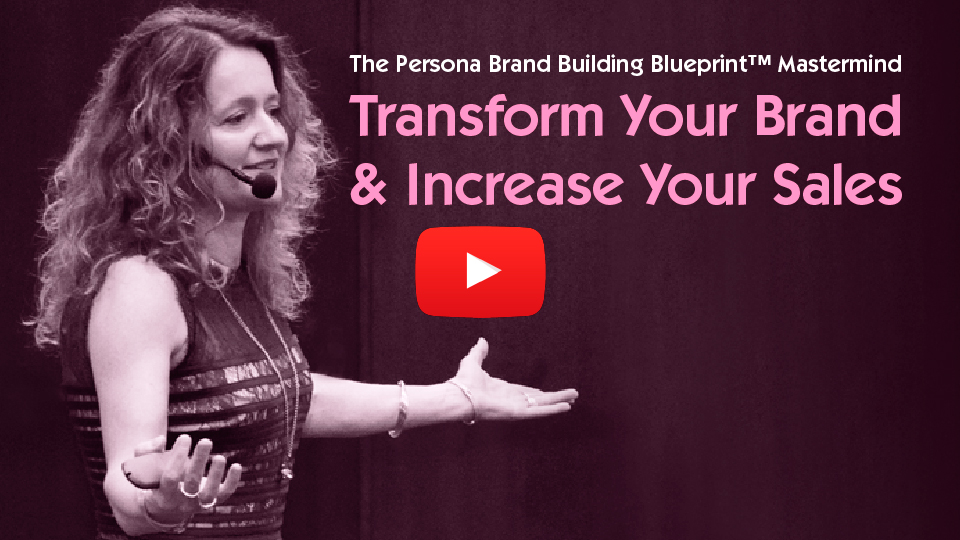




Leave a Reply
Want to join the discussion?Feel free to contribute!